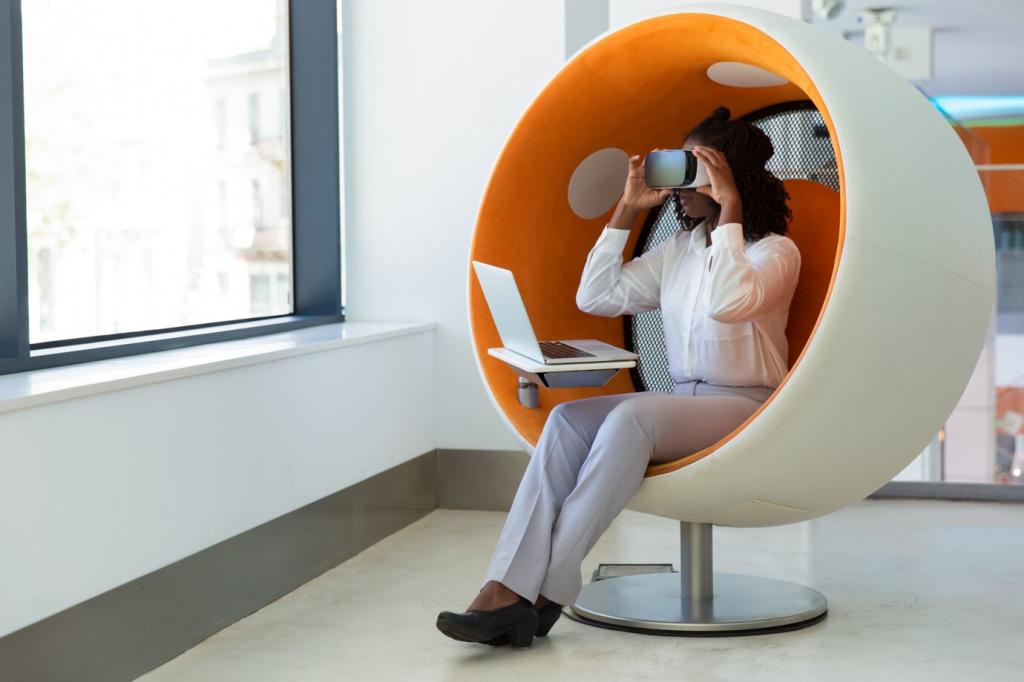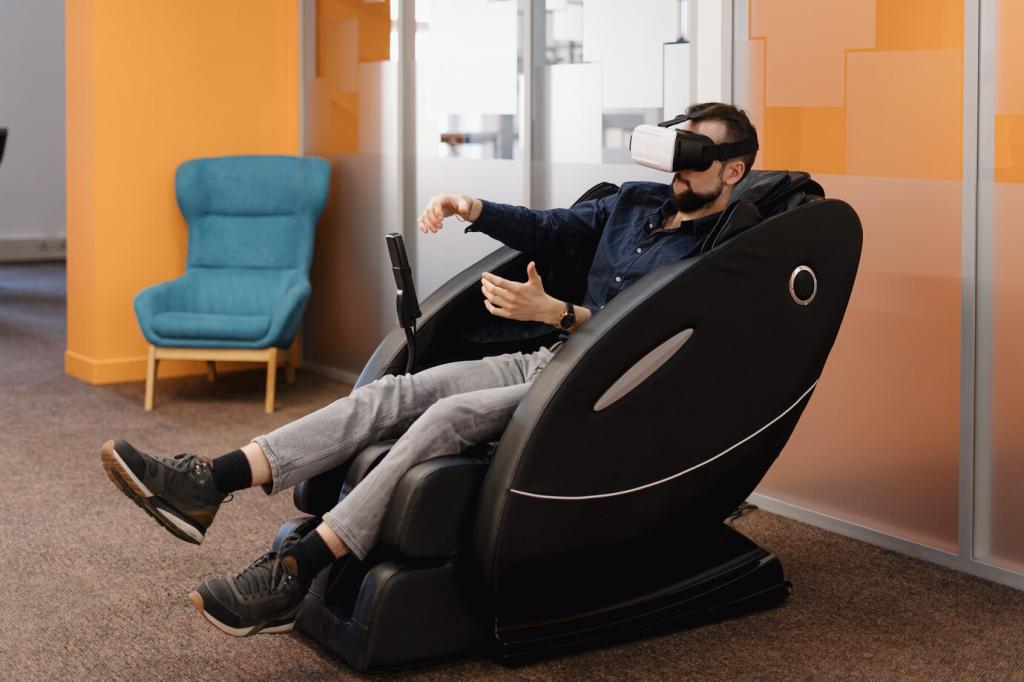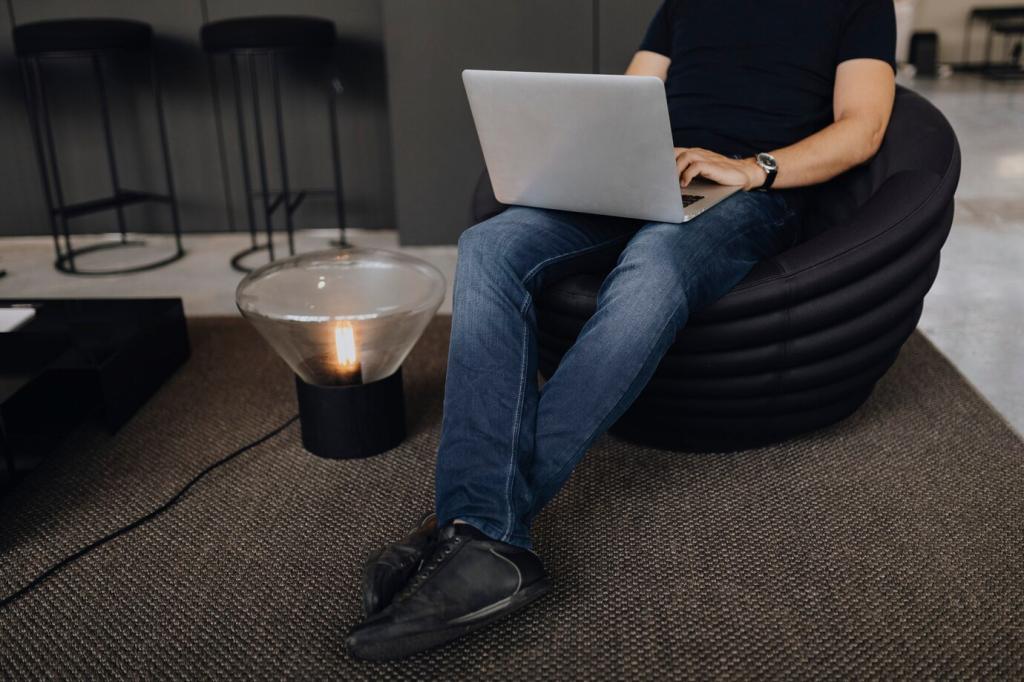How Touch-Controlled Furniture Works
Touch-controlled furniture often relies on capacitive sensing, which detects tiny changes in electrical fields when your hand approaches. Wood, glass, and stone can all become touch surfaces. With proper grounding and noise filtering, taps and swipes remain reliable, even around household electronics and variable humidity.
How Touch-Controlled Furniture Works
A microcontroller interprets your tap pattern, checks safety conditions, and activates motors, servos, or latches. Designers frequently include timeout logic, overcurrent protection, and soft-start motion profiles. The result is movement that feels intentional, quiet, and safe—like a drawer gliding open only when you truly meant it.



